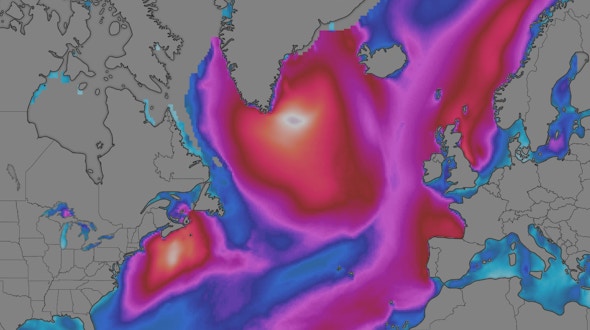
The Simons Collaboration on Computational Biogeochemical Modeling of Marine Ecosystems (CBIOMES) will develop and apply quantitative models of the structure and function of marine microbial communities at seasonal and basin scales. The project brings together a multidisciplinary group of investigators from oceanography, statistics, data science, ecology, biogeochemistry and remote sensing.
Learn More























